One of these passed through my hands a few years ago, and I regretted selling it. I did not have any intention of building a Canon system at the time, and I let it go in favor of something else. Over the last few months, another one came along, as did a few nice lenses. The new one had some really bad engraving on the front of the top plate—a name was engraved, then scratched out, and another name added. It was awful, scratched completely through the chrome to the brass. I found yet another body that was pretty but non-functional, and I swapped top plates. In the end, I had a decent looking Ftb body which I will likely keep, and a donor body for parts should it fail.
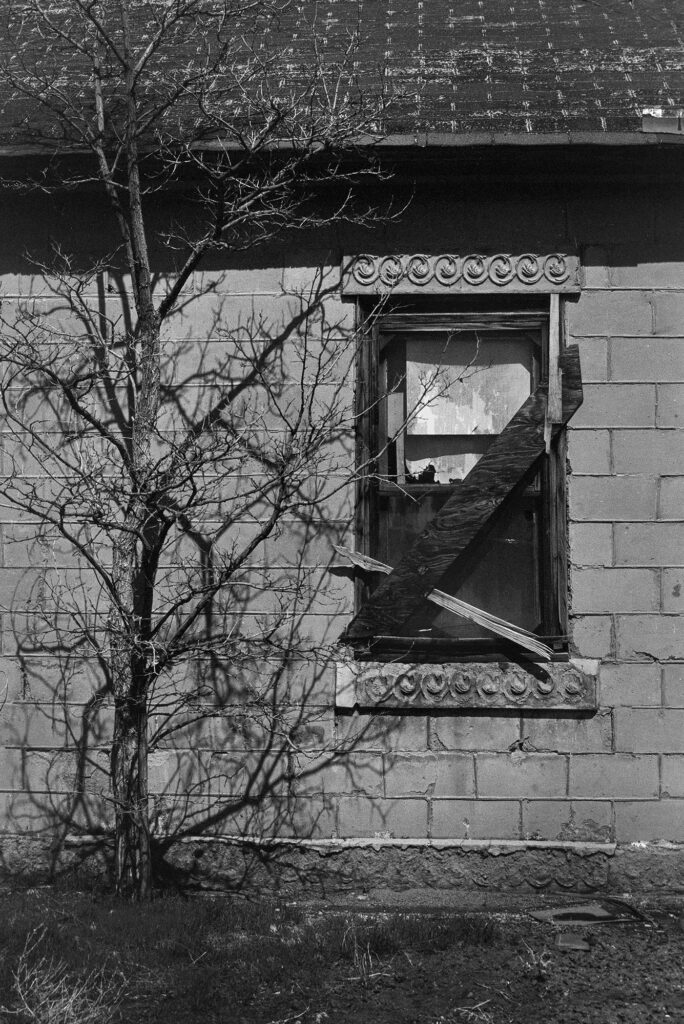
Introduced in 1971, the FTb Ql replaced the FT Ql. The new body sported the FD mount, an upgrade from the FL mount system. It was introduced around the same time as the venerable F1, which was a more modular professional system. Even though it was aimed at the amateur market, it was still an expensive camera with novel features. Let’s have a look a some of them.
When putting the camera to my eye, the first thing I notice is the very generous viewfinder. It is large and remarkably bright for its age. With a fast lens on the front, focusing is a snap. However, those who need to see an abundance of information in the viewfinder will likely be disappointed, as only the meter is visible. It is a very simple and user-friendly match-needle style of meter.
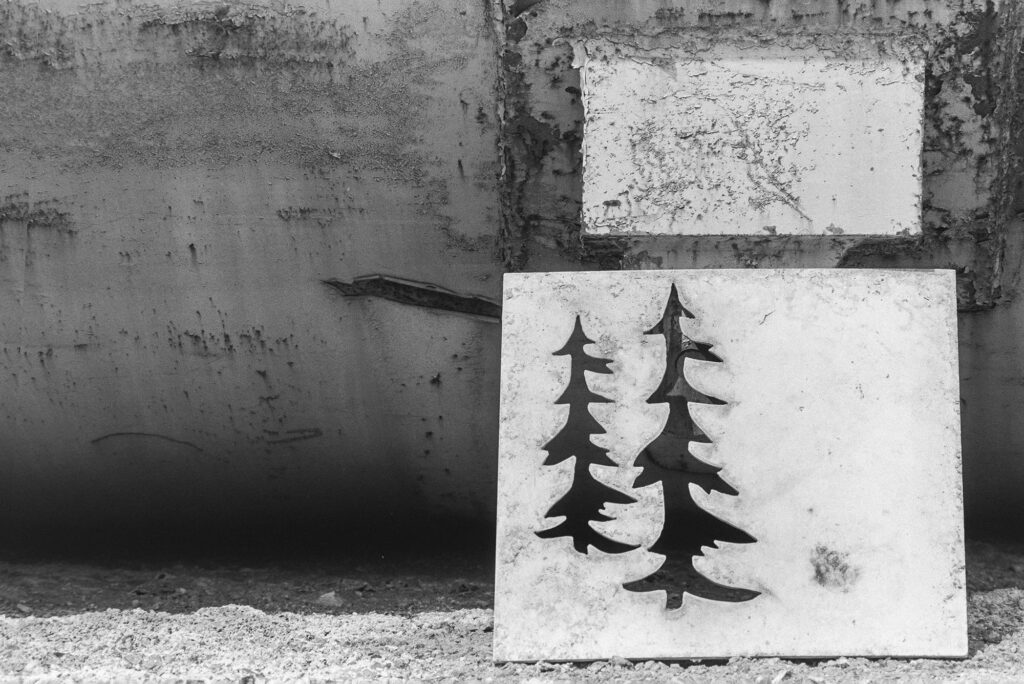
Some of the features are less than intuitive, but brilliant nonetheless. There is a collar around the shutter release button that locks the button when not in use. This is helpful when stored in a bag with the shutter cocked. It also serves a second function. When the shutter speed is set to “B”, or Bulb, and the shutter release is pressed and held down, one can turn the button lock to the “L” position and this locks the shutter open in the same way a “T” or Timed setting would do.
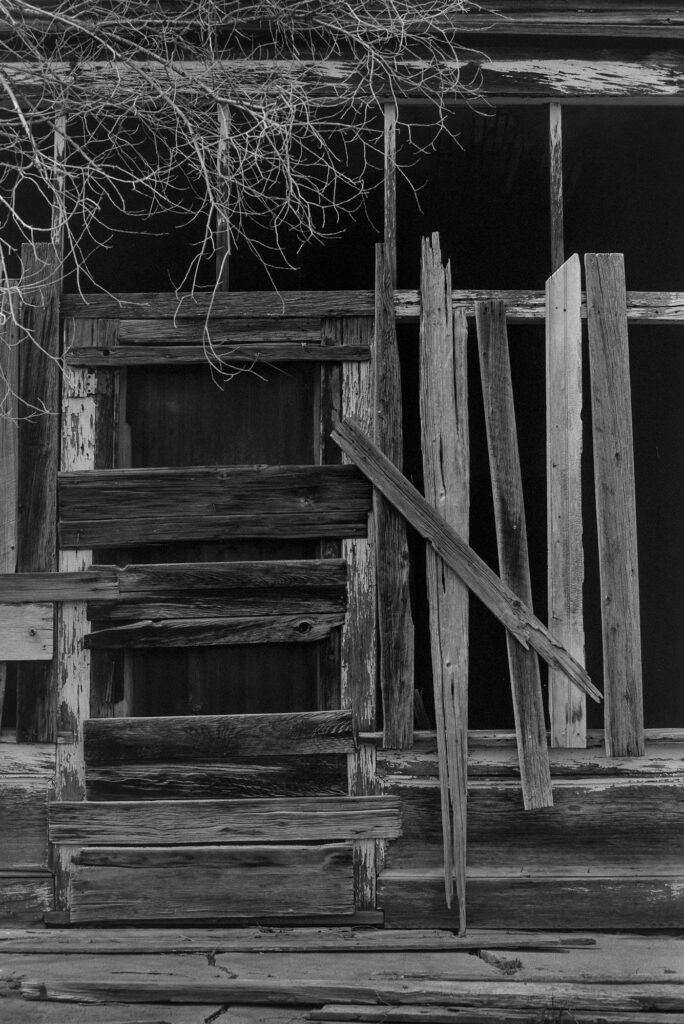
On the front of the camera is a multi-purpose lever. While facing the camera, one can rotate the lever counter-clockwise, and this activates the self-timer. It has about a ten second delay, and can be set to slightly shorter times if desired. When the lever is rotated to the right, toward the lens, it closes the aperture for previewing the depth-of-field, or stop-down metering with older FL lenses.

Around the lever mount there is a rotating collar with a small knob. Rotating this collar one click to the left allows the DOF preview lever to stay locked. Returning the knob to its original position opens the aperture again. Rotating the knob another click while the DOF preview lever is actuated locks the mirror up. This is handy for reducing vibration from mirror slap during long exposures or using a telephoto lens on a tripod, by simply eliminating two of the mechanical movements that typically happen during an exposure.
This brings us to another cool feature of the FTb. That is Canon’s “Shockless Mirror System” designed to reduce unwanted vibration. Frankly, it works. Vibration is dampened dramatically and this results in a very smooth shutter release. Besides the practical aspect of reducing motion blur, this mechanism communicates a level of precision and luxury not found in many cameras. A lot of mass is in motion during the taking of a photo, and this system was a solid approach to reducing the resulting vibration.
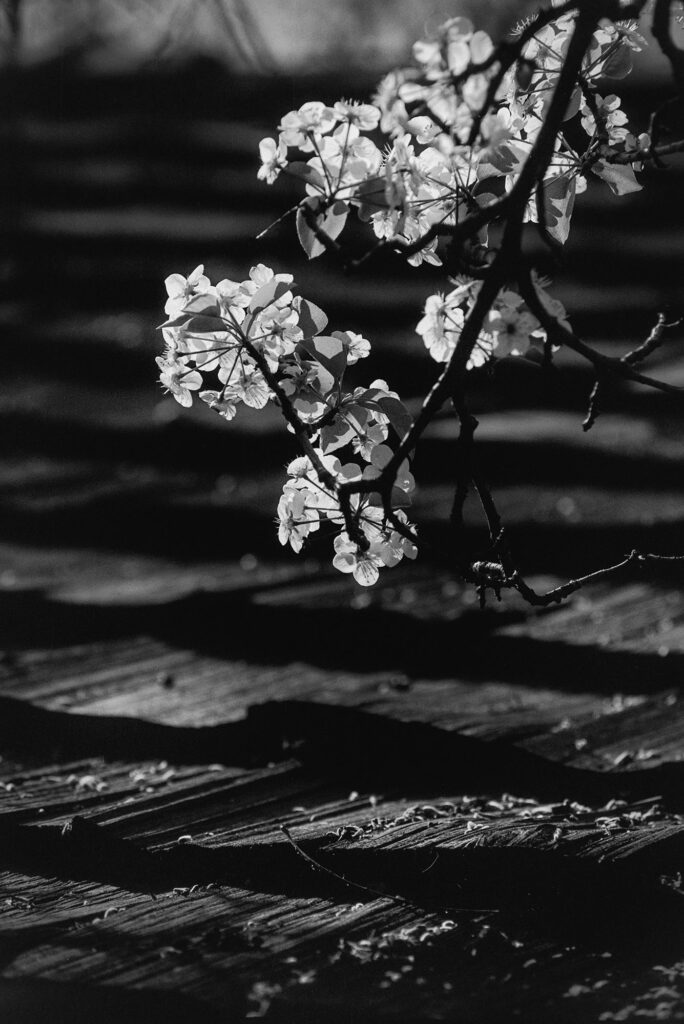
Perhaps the most remarkable feature is evident in its name. QL stands for “Quick Load”, and this makes me smile every time I load film in the camera. I don’t know how many miles of film I have shot, but there are some cameras I still struggle to properly load. The leader has to be inserted a certain way for each camera, and it’s not always obvious. Canon’s QL system simply requires that the film leader be pulled out far enough to reach the red mark, and the camera does the rest.
The first time I looked inside a camera with the QL system, I thought it looked too complicated to work properly. Well, it hasn’t failed me yet, whether on the FTb or the Canon rangefinders with the same system. The film leader is simply pulled out to the mark, and the mechanism closes with the camera back. Somehow the camera catches the sprocket holes and winds the film onto the takeup spool flawlessly every time. I’m not going to argue with results like that.
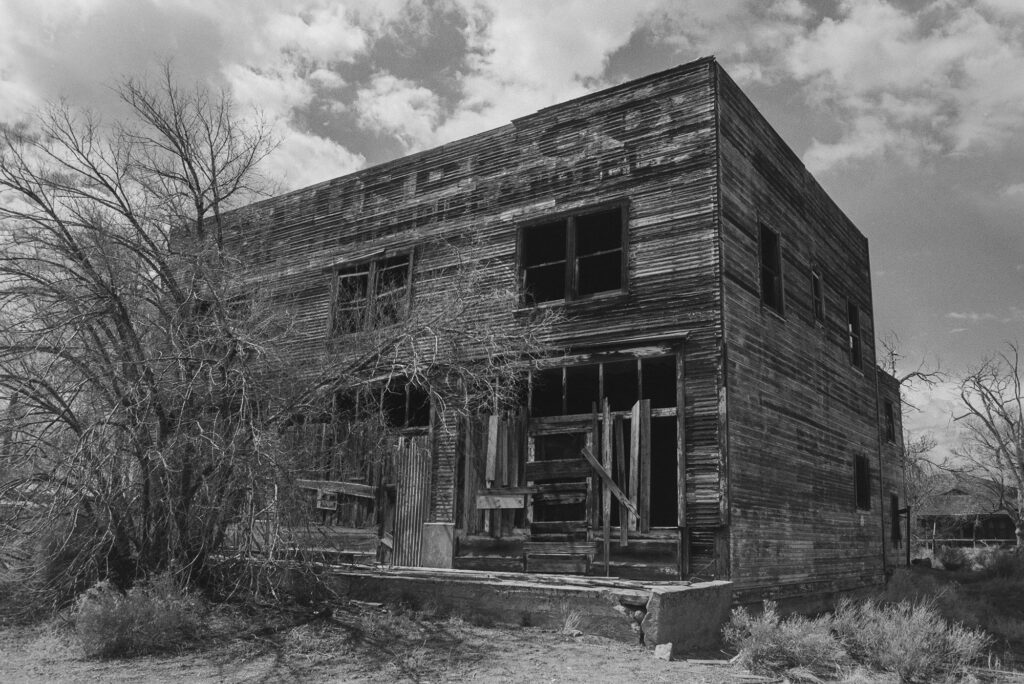
I do not hide my preference for mechanical shutters, and this one satisfies. There is nothing remarkable about its abilities, as the controls are quite typical to cameras of that era. I have no real complaints about this camera, but I will state the possible drawbacks that may be game-changers for some folks.
First, the 1.35v mercury battery required has long since been discontinued. There are workarounds, but none are really convenient. I am simply using an alkaline cell, and although it puts out a slightly higher voltage (1.5v), I have not noticed a deleterious effect on metering. For whatever reason, the meter still seems to work fine. Even if it didn’t, I would simply rely on an external meter or phone meter app for tricky lighting.
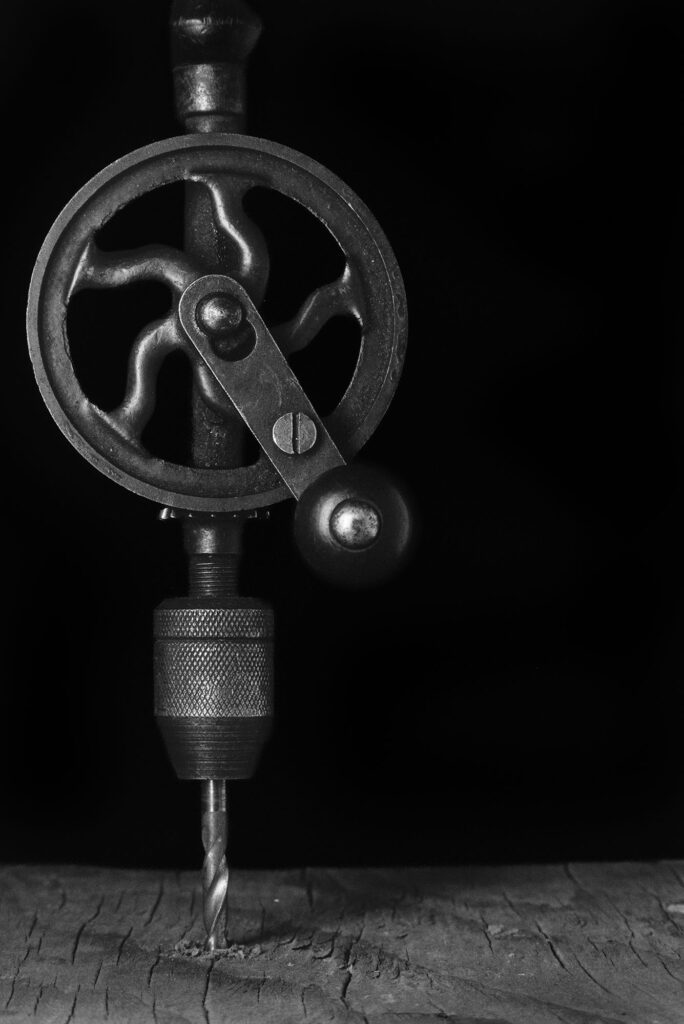
Another minor drawback for me is the film advance lever. It is all metal, with only shallow serrations that provide a scant gripping surface. This sometimes allows my thumb to slip off while winding the film. This is not catastrophic when it happens, as the film advance is a ratcheting system that can be done with multiple, partial strokes. The generous throw of the lever can also interfere with a camera strap, as the lever’s travel passes right over the strap lug.
Weight is another potential disadvantage. This is a metal camera, and quite heavy compared to later models with more plastic and electronics. While the weight increases the fatigue and discomfort of carrying it around, it also helps absorb the already reduced recoil of the mechanics during exposure. It’s heavy, but it’s stable as a result. If I need to travel light with a Canon system, then I will likely grab the AE-1 Program with the 50mm f1.8 lens.
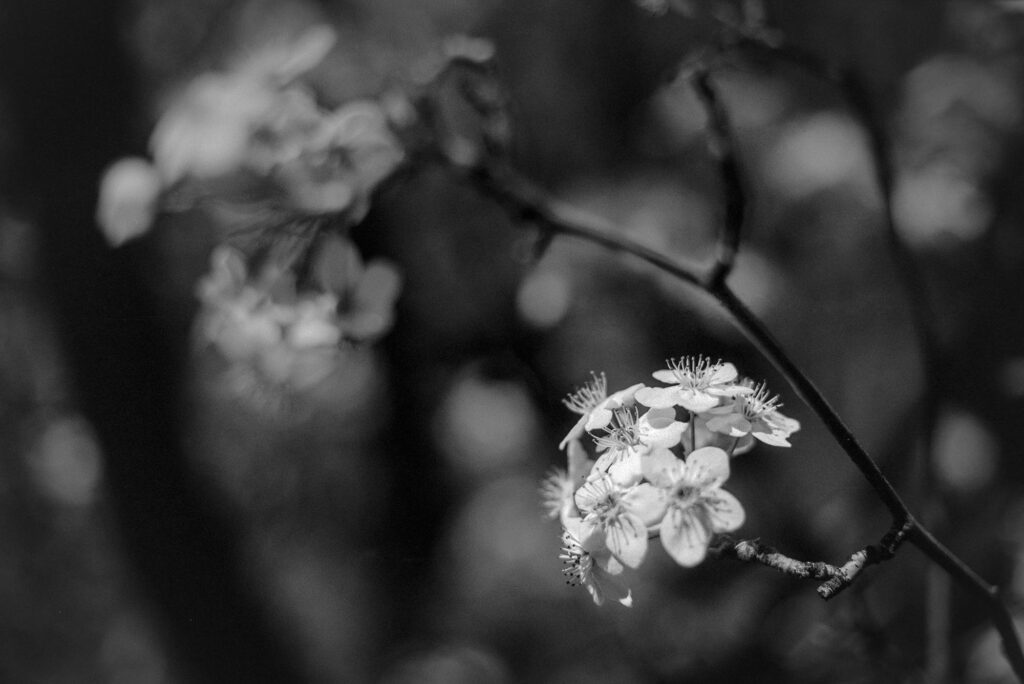
This camera may not be for everybody, but I really enjoy it. There is a certain nostalgic romance in using these old machines. Embracing that requires overlooking the drawbacks, and simply accepting it for what it is. If a camera creates enough frustration to overtake that nostalgia, then it is not for me. So far, the FTb and I get along quite well.
Specs:
Designation: Canon FTb QL
Introduced: 1971
Weight: 740g (1lb, 10oz)
Shutter: Horizontal rubberized cloth focal plane shutter, mechanical
Shutter Speed range: 1-1/1000 second plus bulb and time
Flash Sync: 1/60 second
ASA range: 25-1600
Hot shoe: Yes, plus PC cord socket
Meter: Match needle, full aperture metering
Battery: 1 x PX625 equivalent (for meter only)
Self-Timer: Yes
DOF Preview: Yes
Mirror lockup: Yes

